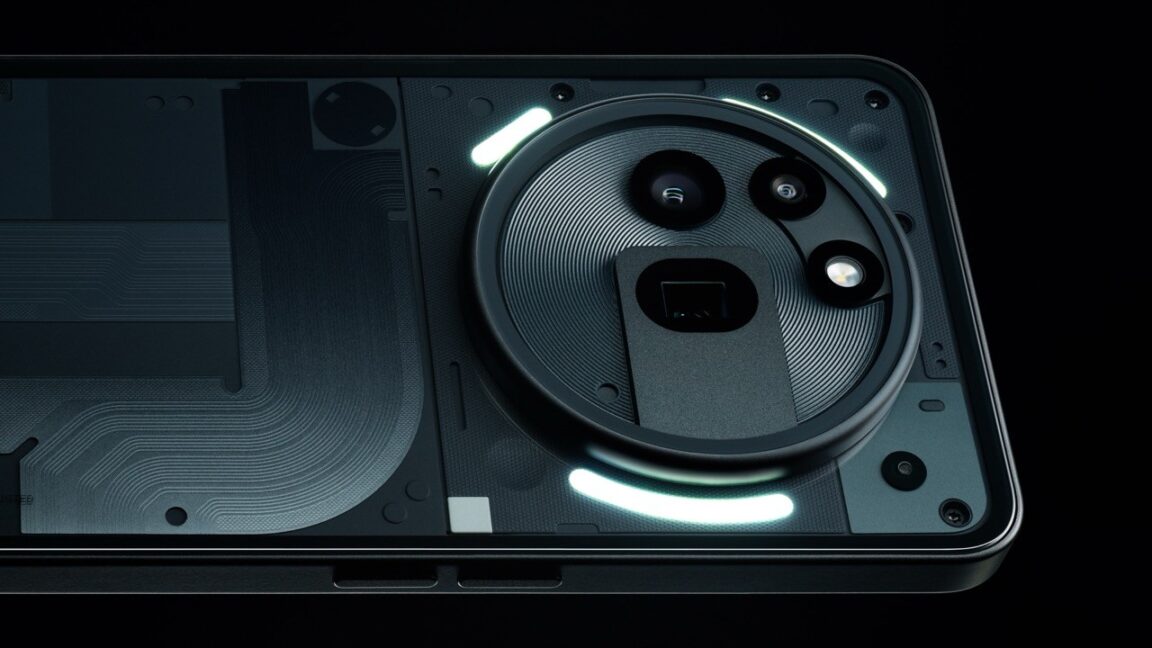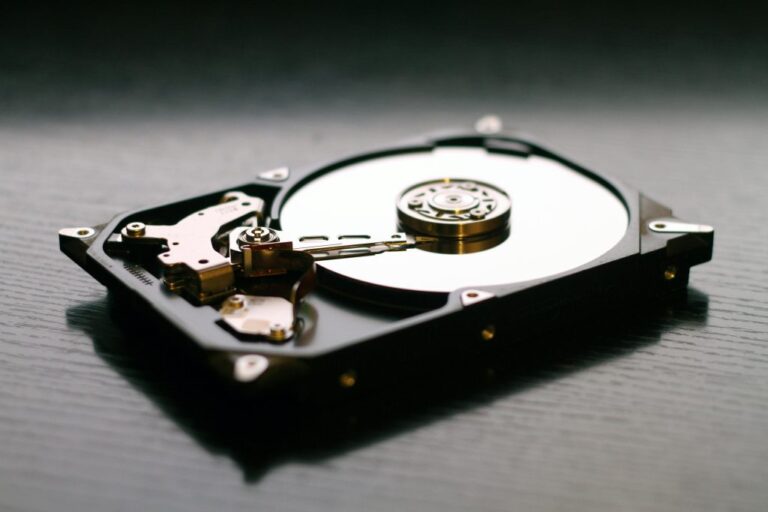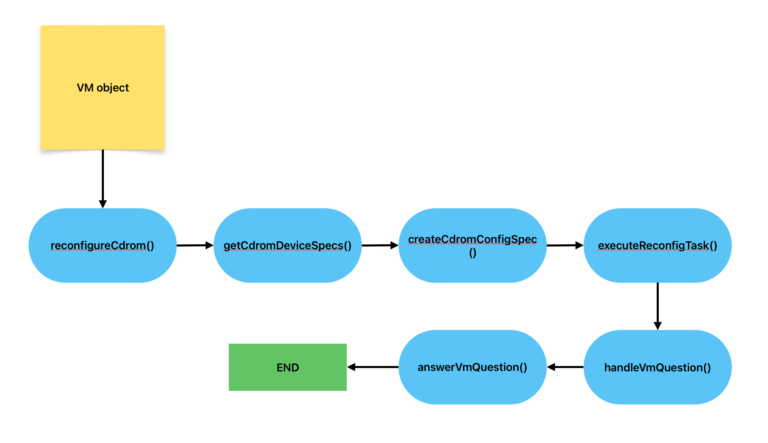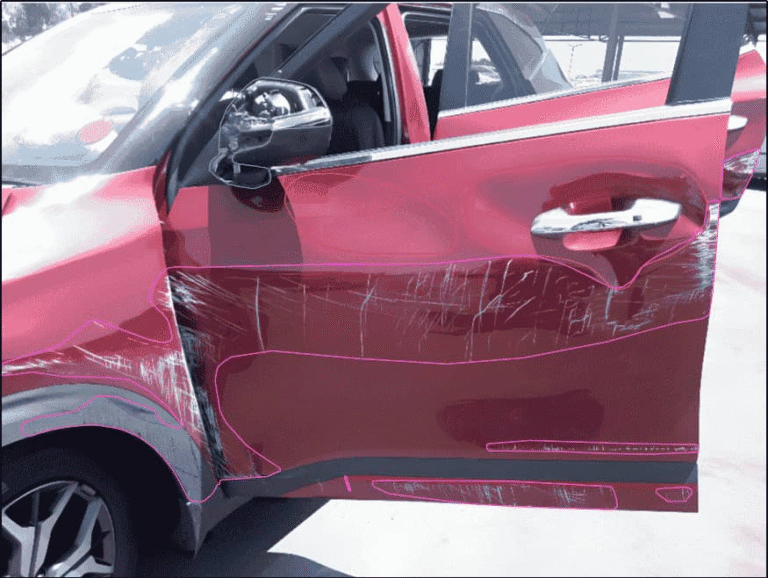
Nothing, the smartphone venture from OnePlus co-founder Carl Pei, is on its third generation of Android smartphones. The Nothing Phone 3a and 3a Pro will be officially announced on March 4, but there won’t be much left to reveal. Not only has Nothing teased the phones a few times, there’s also a new video highlighting the Nothing Phone 3a Pro’s design. In it, Nothing’s design team speaks at length about how they tried to incorporate the chunky camera module, but what they came up with is going to be divisive.
As we approach 20 years since the iPhone made touchscreen smartphones the default, the form factor is very fleshed out. Some of today’s most popular smartphones have almost reached the point of anti-design—flat, unremarkable bodies that are intended to be covered up with a case. There’s something to be said for that when most people slap a sheet of plastic on their phone and only remove it once in a blue moon. Nothing, however, designs phones with transparent panels and glowing “Glyphs” that are intended to be seen. In the case of the 3a Pro, there’s also a camera module so big it’s sure to stand out.
People generally want big screens and big batteries that don’t make phones too thick or heavy. Some components have shrunk or been dropped entirely to free up space (a moment of silence for the dearly departed headphone jack). Camera modules, however, can’t shrink infinitely. Smaller lenses and sensors have an impact on image quality, so expensive phones often have gargantuan camera arrays that can make phones top-heavy. For example, look at the Google Pixel 9 series, which features a camera bump that towers above the rest of the back.
The Nothing Phone 3a Pro isn’t a flagship device, but it’ll have more cameras than the Nothing Phone 3a that will release at the same time. The new design video shows off the phone’s three rear-facing sensors: a 50MP primary, an 8MP ultrawide, and a 50MP periscope telephoto (focal length unknown). The Nothing Phone 3a Pro has three of those glowing Glyphs on the back, framing the enormous camera module. The phone’s PCB also needed some tweaks to make room for the folded periscope assembly, which is much thicker than the other sensors.



![Scammers Tipped Off? [Short]](https://wiredgorilla.com.au/wp-content/uploads/2025/03/scammers-tipped-off-short.jpg)


